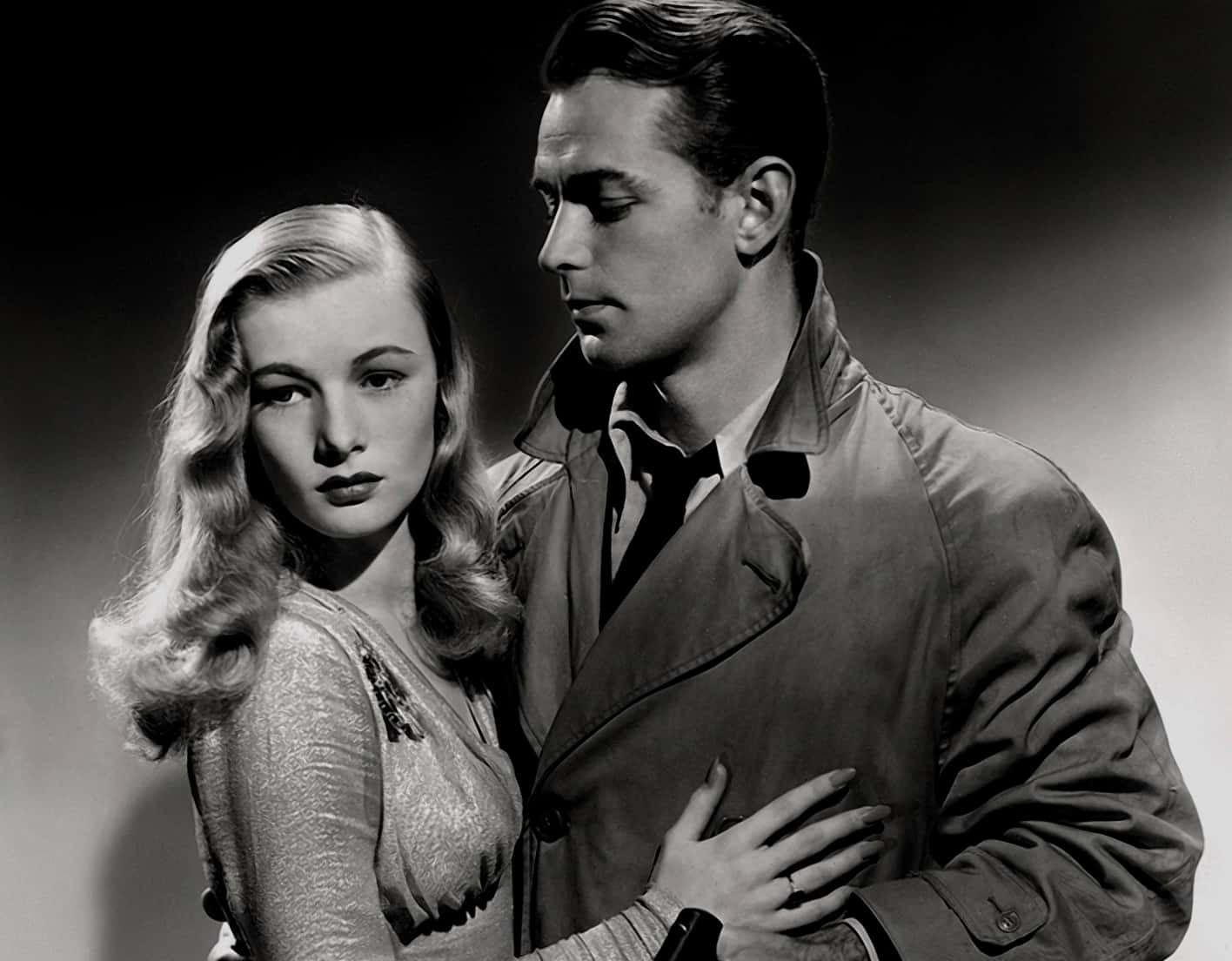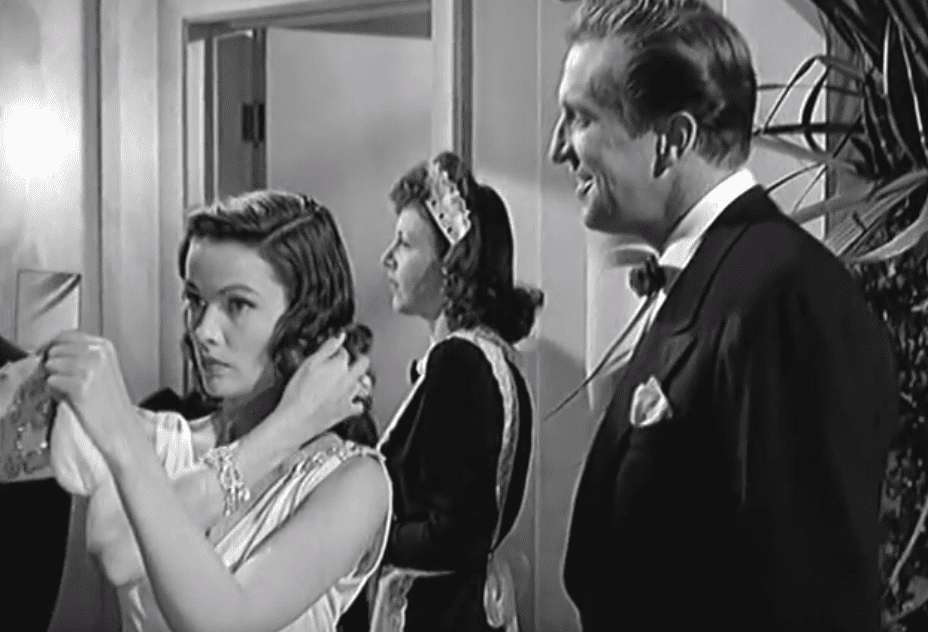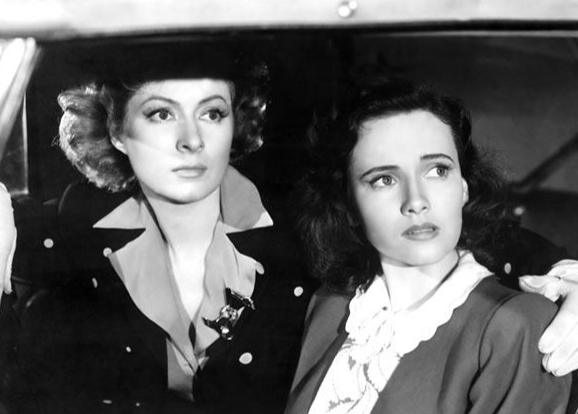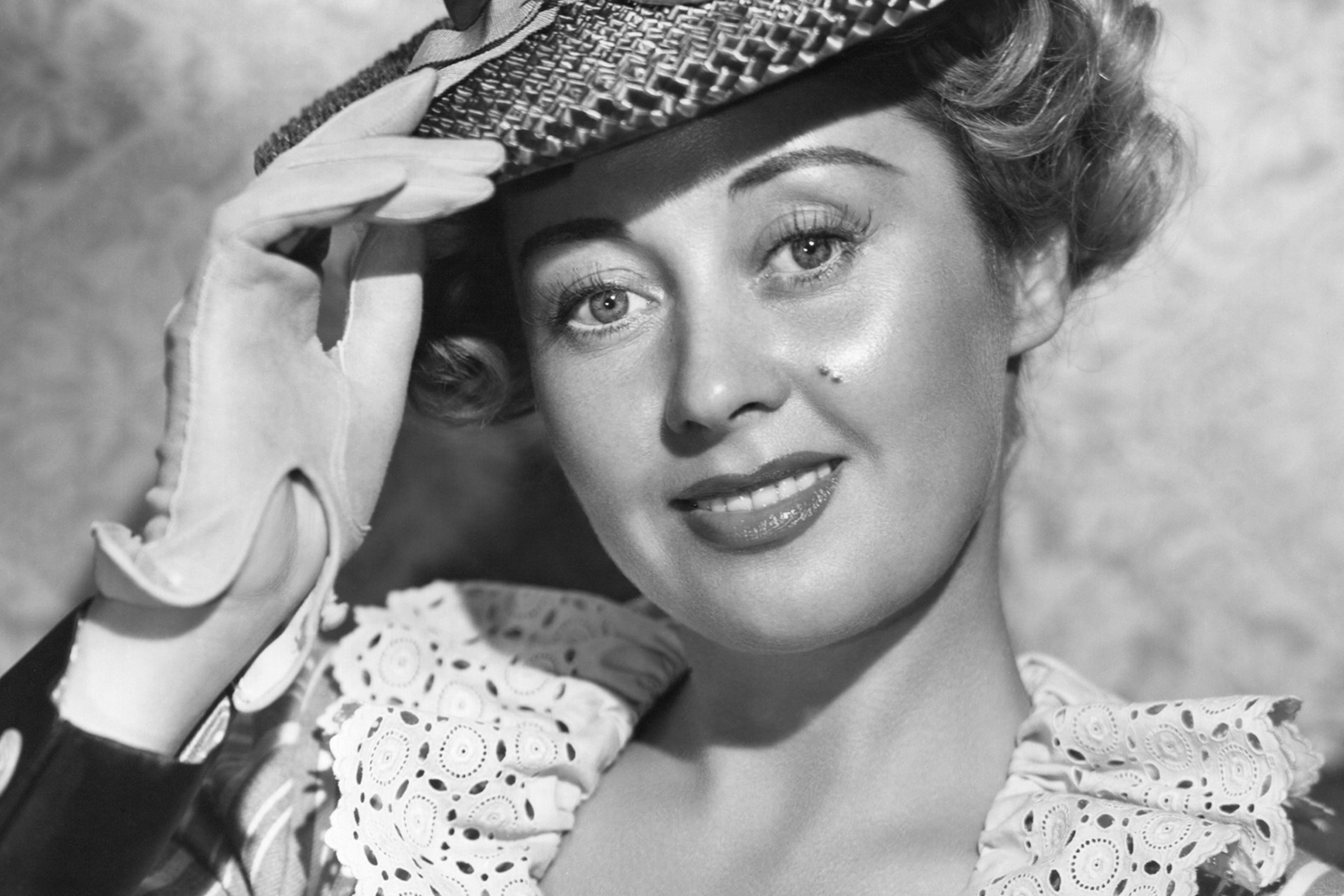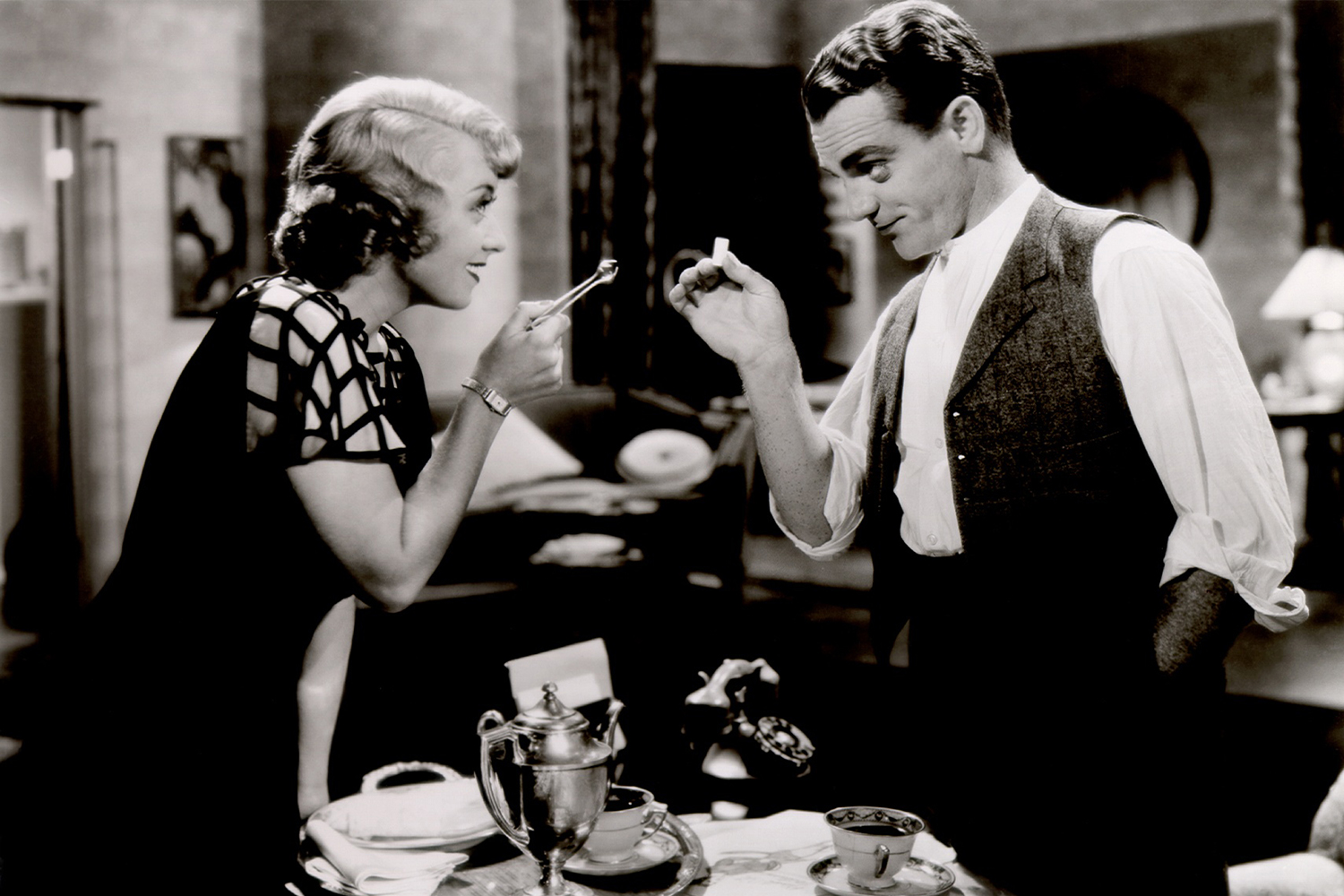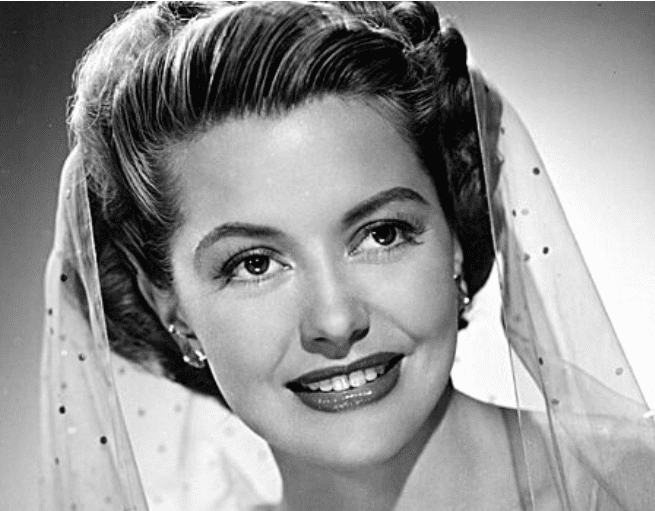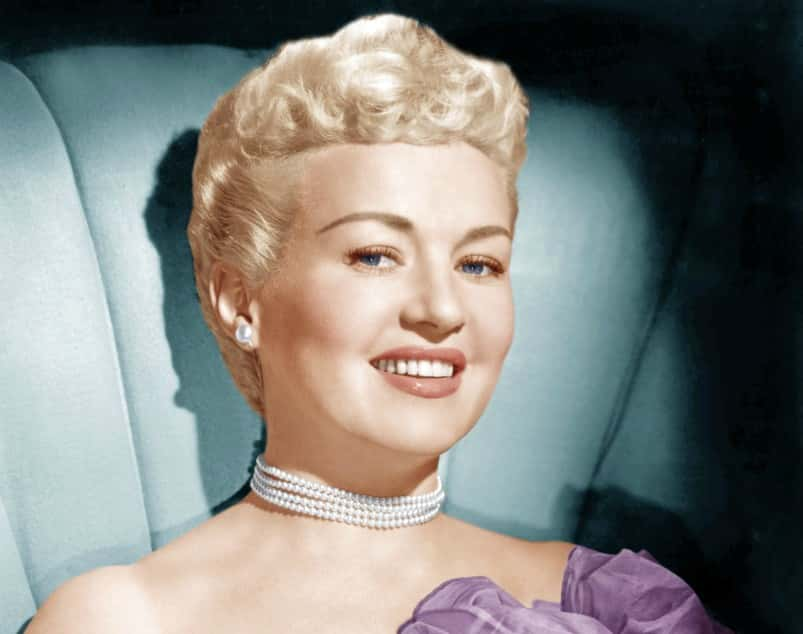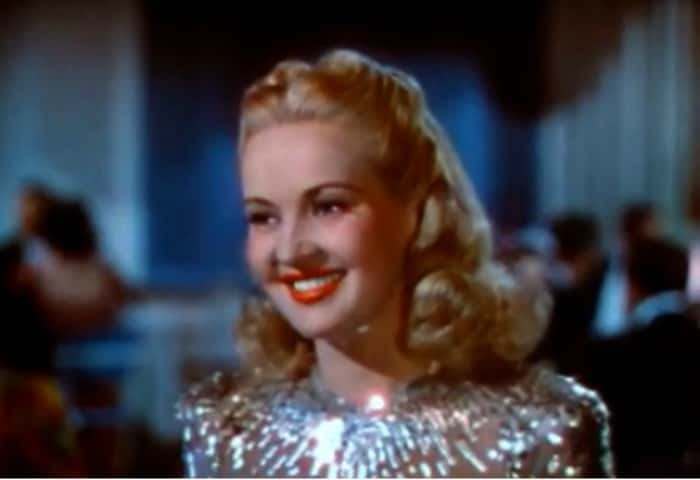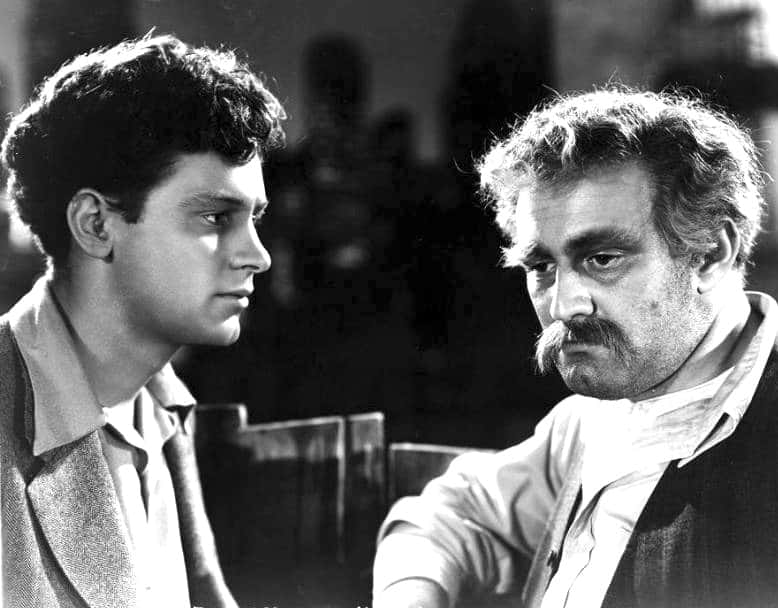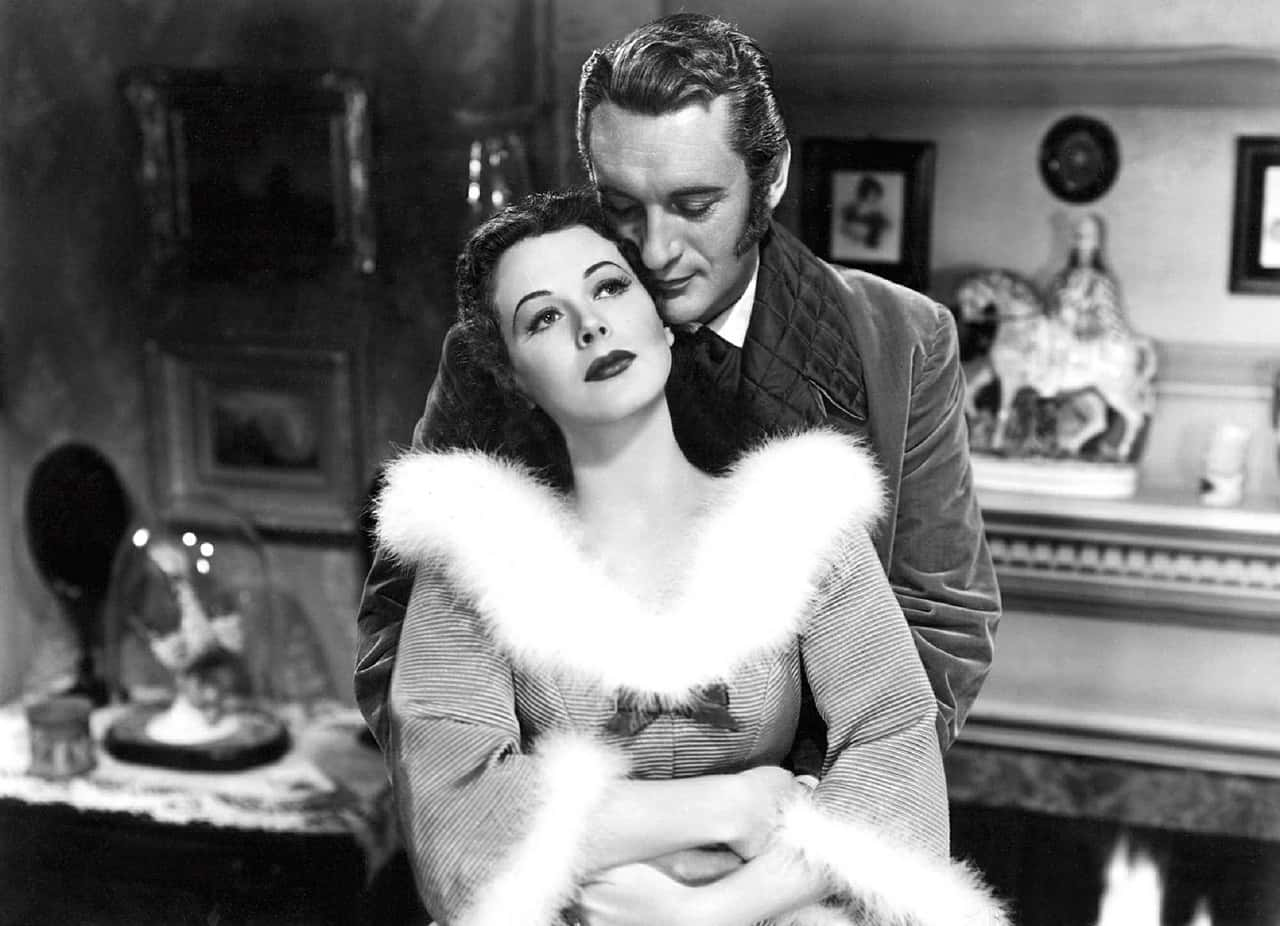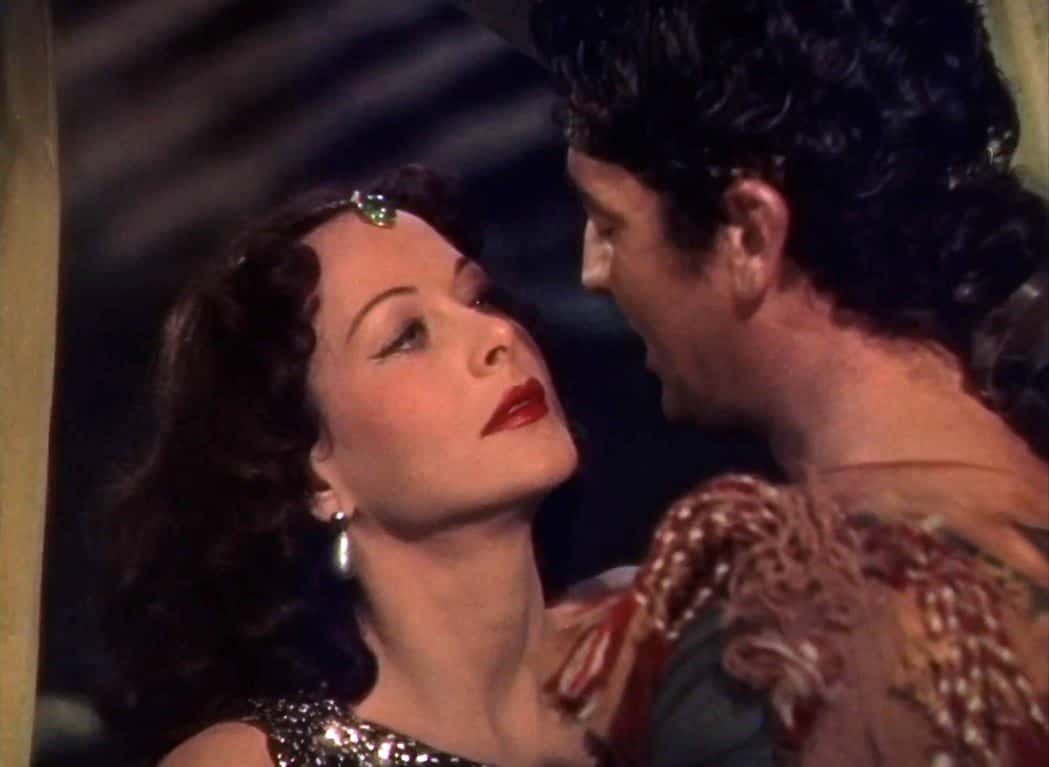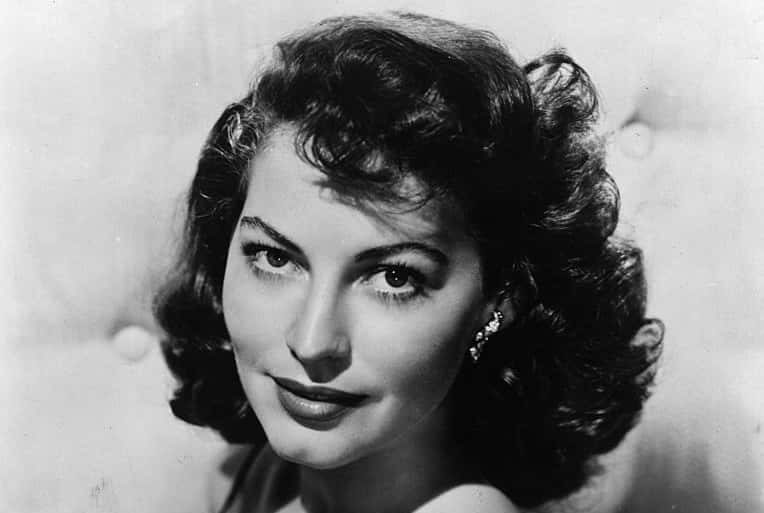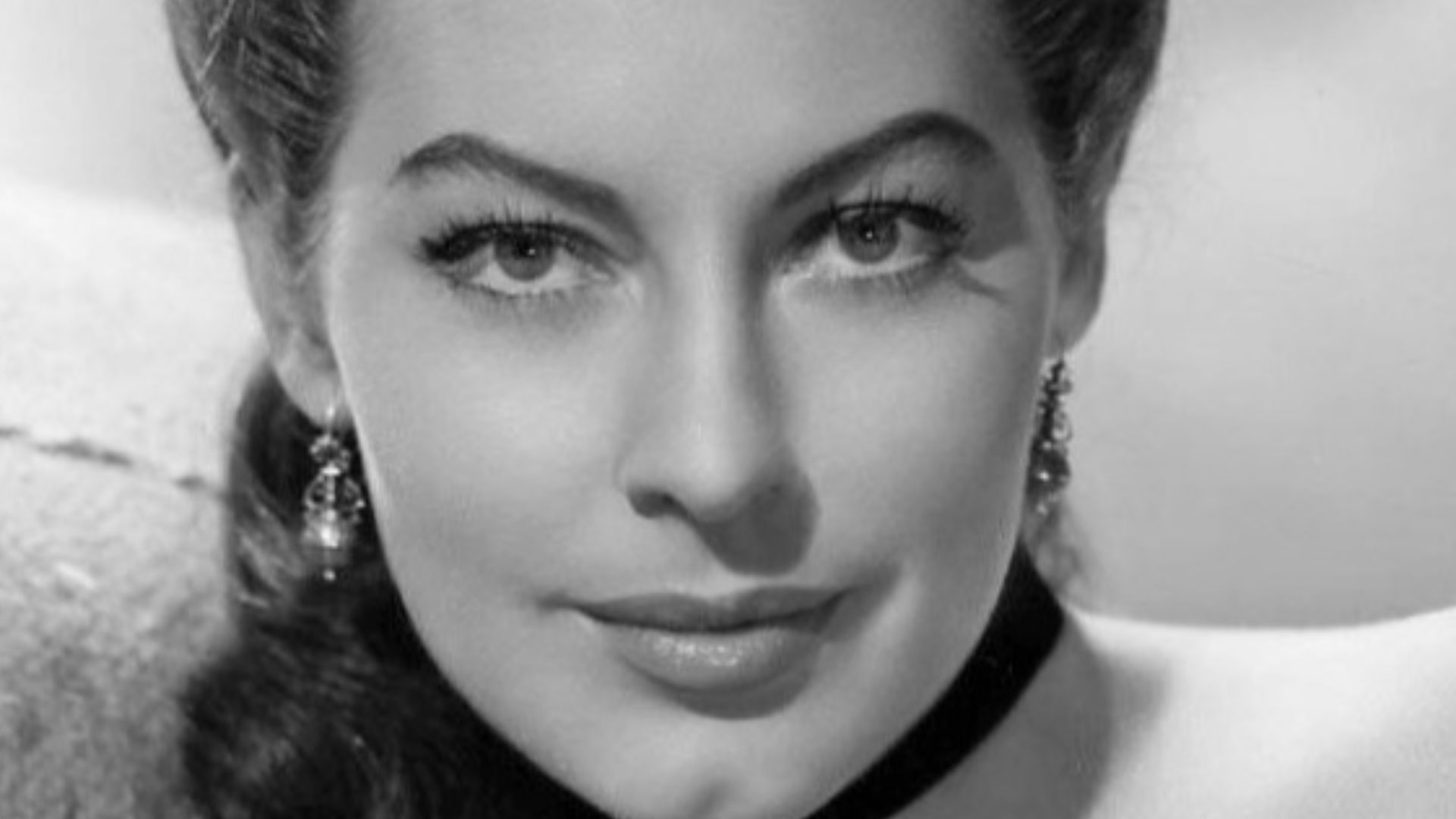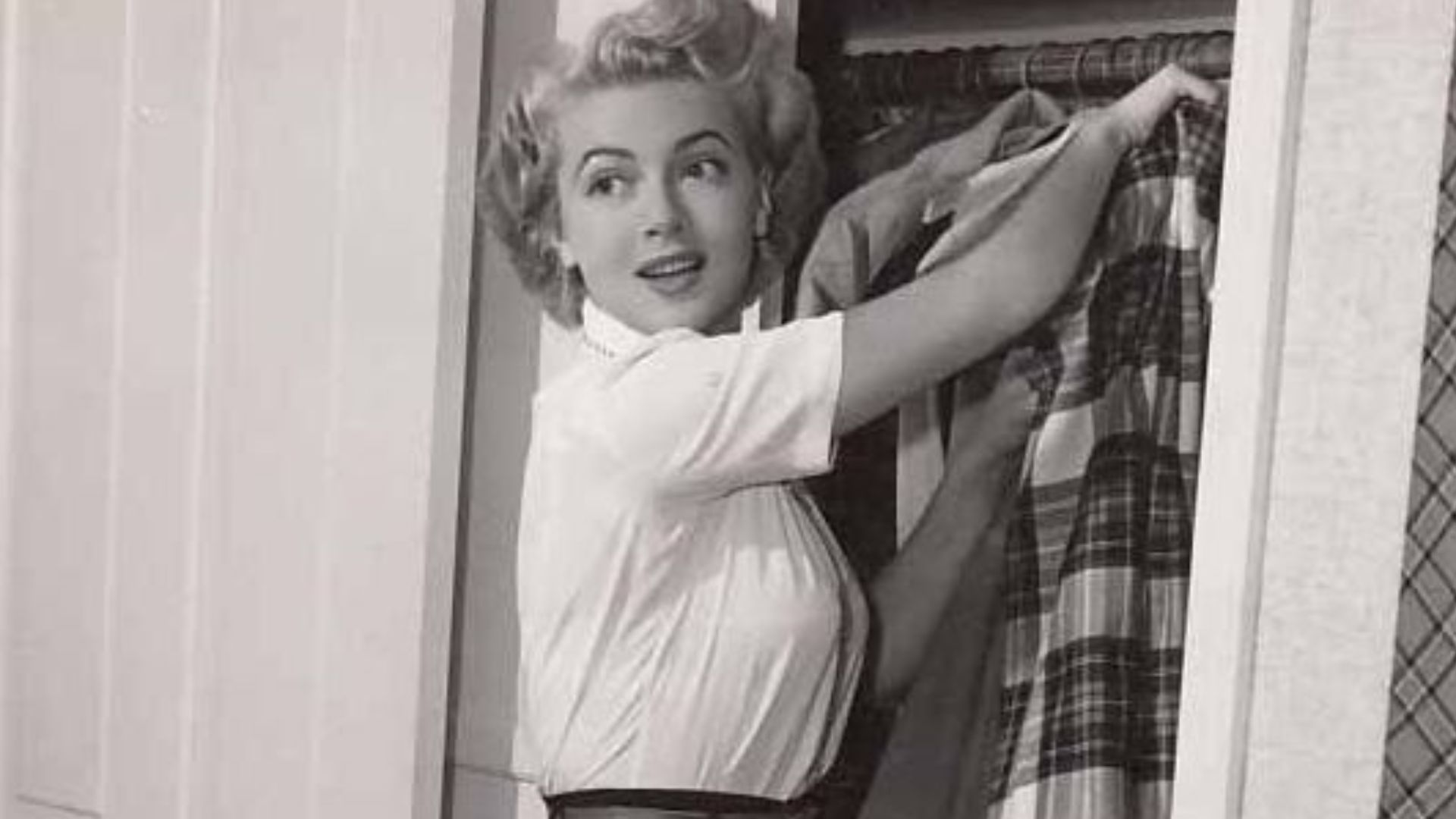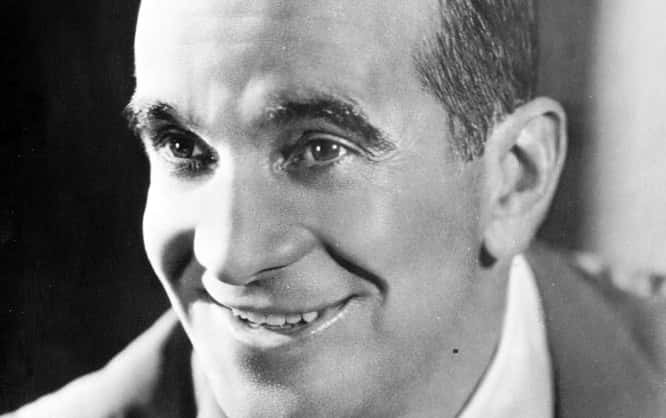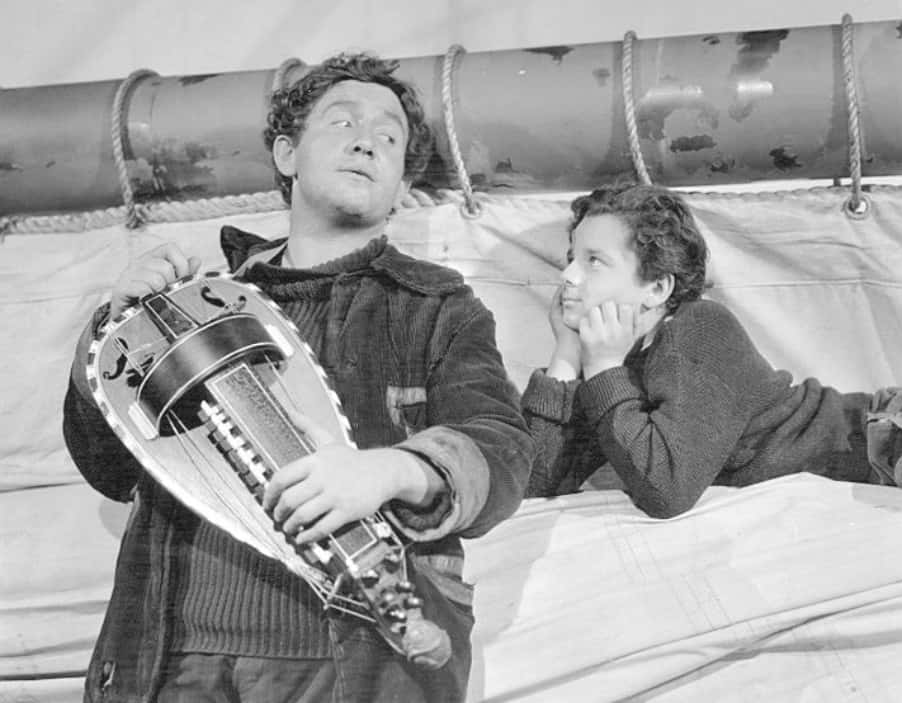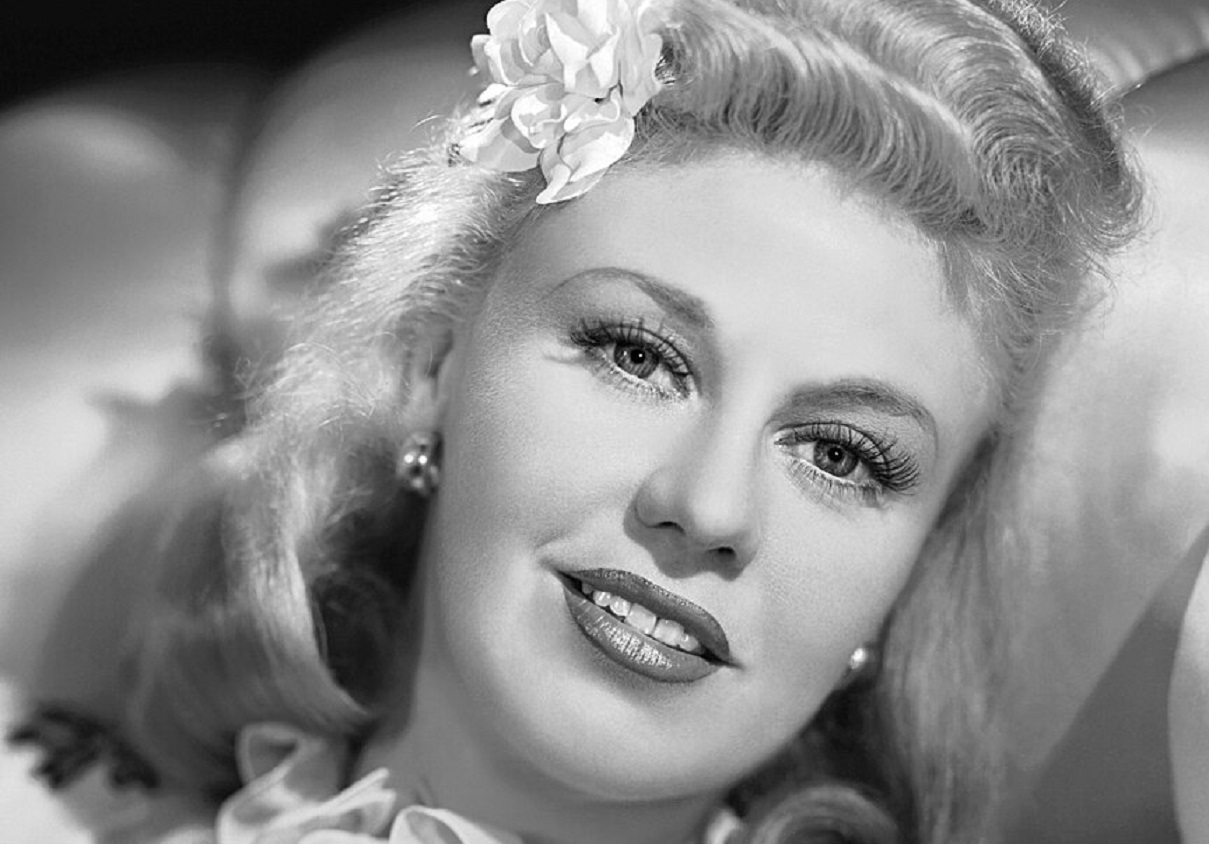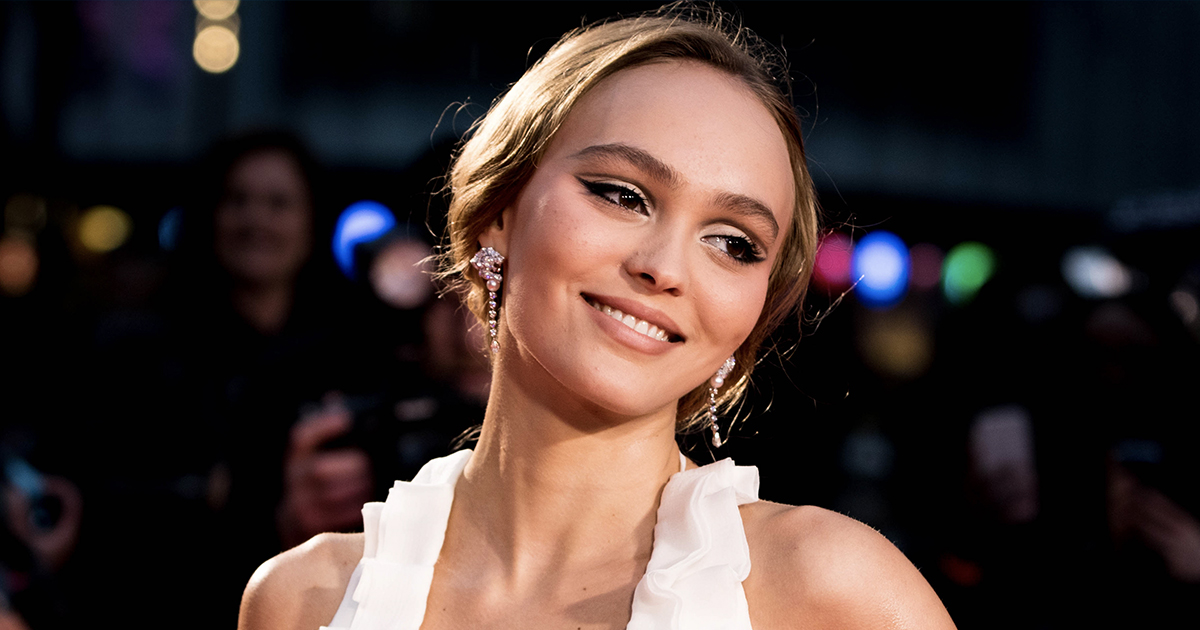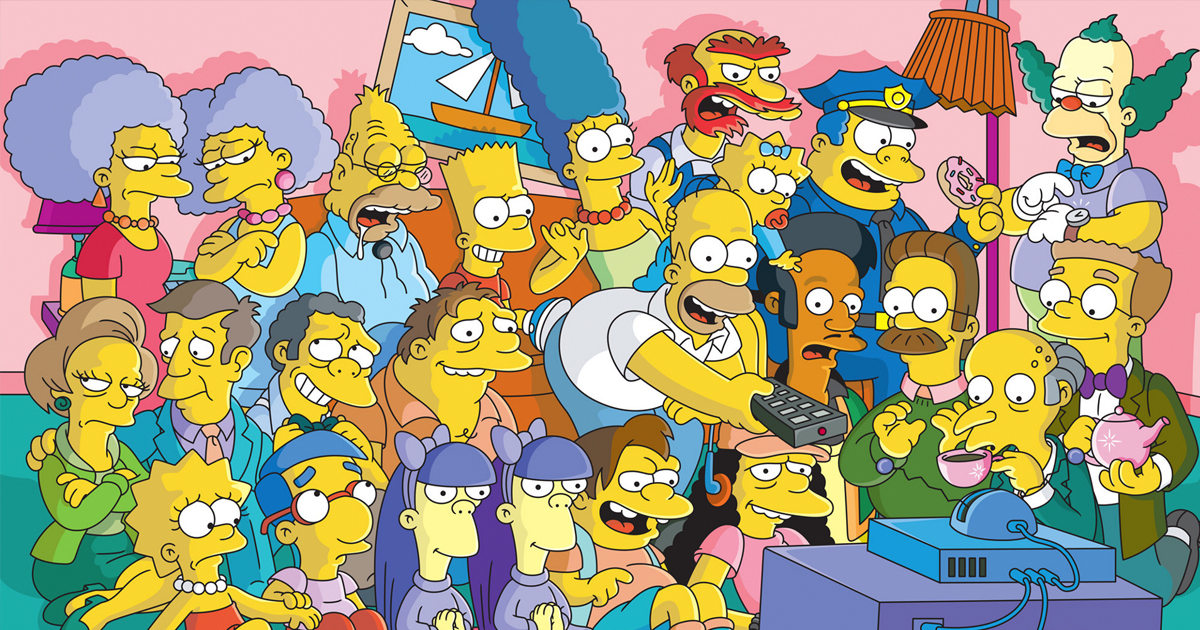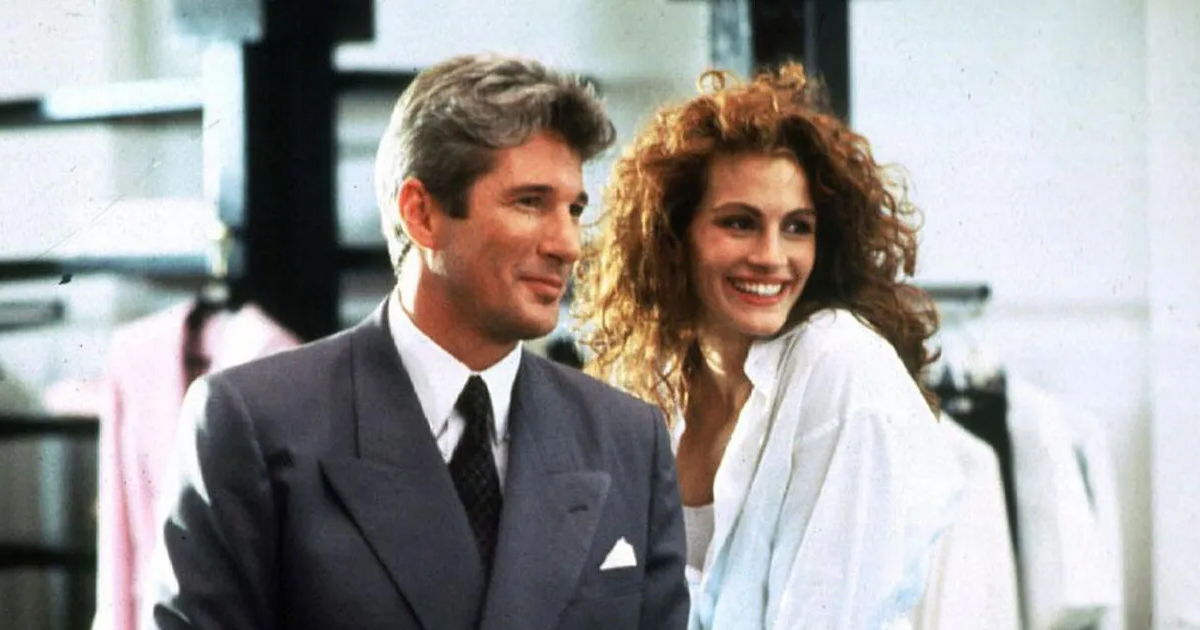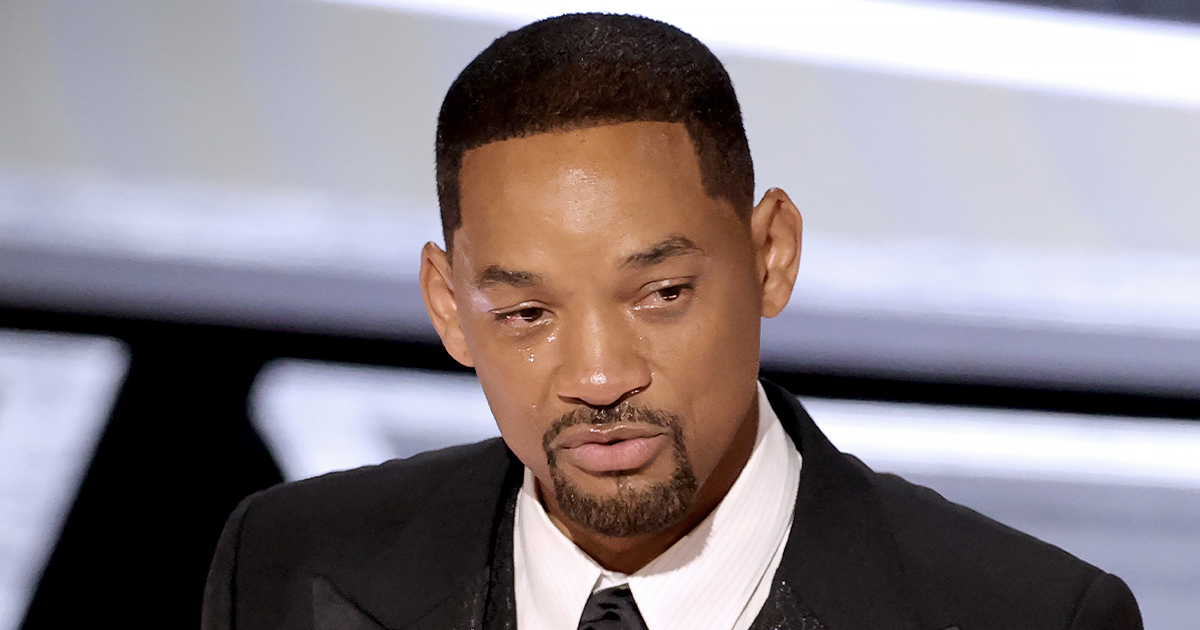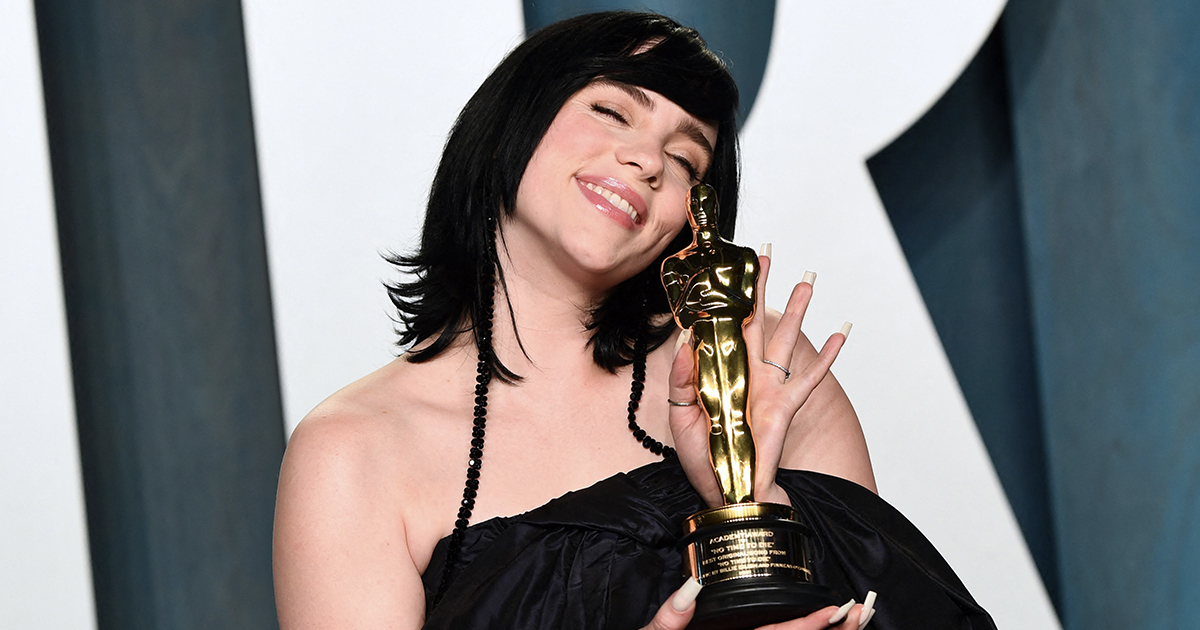Faded Film Royalty
Remember those old movie reels your grandparents talked about? The 1940s cinema scene buzzed with talented stars who deserve another moment in the spotlight.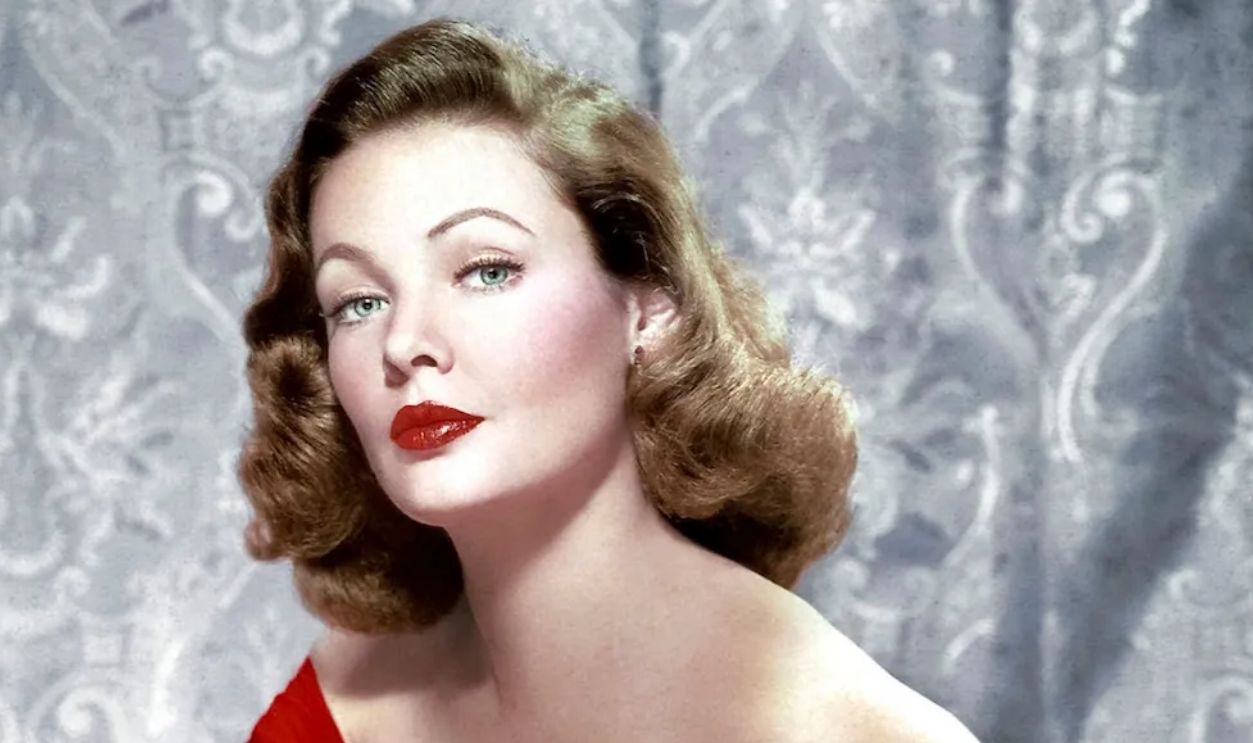
Veronica Lake
The famous peek-a-boo hairstyle that covered one eye became Veronica Lake’s signature look. However, not many people today know who started it. She appeared in classic noir films like Sullivan's Travels and The Blue Dahlia, but sadly, her career faded just as quickly as it took off.
Veronica Lake (Cont.)
She is also best known for her femme fatale role in This Gun for Hire (1942). By the 1960s, Lake’s struggles with mental illness and alcoholism had taken their toll. The actress faced financial problems and ultimately passed away from hepatitis on July 7, 1973.
Gene Tierney
It was Gene Tierney's unforgettable performance in Laura (1944) that solidified her as one of Hollywood's amazing stars. She began her career on Broadway in the late 1930s, performing in plays titled What a Life! and understudying for The Primrose Path.
Gene Tierney (Cont.)
However, her breakthrough came with The Male Animal in 1940, which led to a contract with 20th Century Fox. Tierney also received an Academy Award nomination for Best Actress for her portrayal of Ellen Berent Harland in Leave Her to Heaven (1945).
 Studio Publicity, Wikimedia Commons
Studio Publicity, Wikimedia Commons
Greer Garson
Did you know that this woman once delivered one of history's longest Academy Award acceptance speeches? As a celebrated figure, Garson dominated the 1940s box office and set a record by receiving Oscar nominations for Best Actress five consecutive years from 1941 to 1945.
Greer Garson (Cont.)
Her role in Mrs. Miniver won her the statue. It was so powerful that President Roosevelt requested it be rushed to theaters for its morale-boosting effect during WWII. Her sophisticated demeanor and warm screen presence made her MGM's most reliable female star.
Joan Blondell
The daughter of traveling vaudevillians, Blondell grew up performing. That is, by age three, she was already part of the family act. Her peak came during the Depression, when her wisecracking, working-class characters resonated with struggling audiences. Blondell excelled in pre-Code films.
Joan Blondell (Cont.)
Blondell became a staple at Warner Bros. She co-starred with Cagney in The Public Enemy (1931) and Footlight Parade (1933). The beauty also appeared in 9 movies with Glenda Farrell, her close friend and frequent co-star. After leaving Warner Bros. in 1939, she began freelance work.
Melvyn Douglas
The 1940s saw him transition from romantic comedies to more dramatic roles. One example is The Sea of Grass, featuring Katharine Hepburn. His versatility ultimately made him one of the few individuals to achieve the Triple Crown of acting. He won an Oscar, Emmy, and Tony Award.
Melvyn Douglas (Cont.)
Modern audiences might recognize Melvyn Douglas from his late-career Oscar-winning roles in Being There and Hud. As part of his final roles, he appeared in supernatural-themed movies such as The Changeling (1980) and Ghost Story (1981). He passed away in 1981.
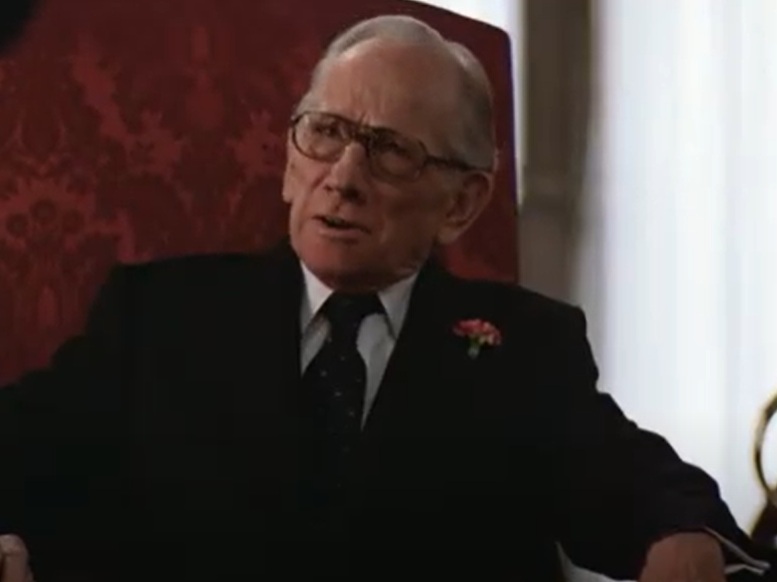 United Artists, Being There (1979)
United Artists, Being There (1979)
Cyd Charisse
Those impossibly long legs that danced with Fred Astaire and Gene Kelly belonged to Cyd Charisse. She was a ballet dancer who moved to Hollywood. She started her professional acting career in the 1940s with minor roles, as seen in Ziegfeld Follies and The Harvey Girls.
Cyd Charisse (Cont.)
What many don't know is that she was born Tula Ellice Finklea and suffered from polio as a child. Though she rarely spoke on screen (studio executives preferred to focus on her dancing), Charisse possessed remarkable technical precision from years of training with the Ballet Monte Carlo.
Fred MacMurray
MacMurray started playing the saxophone, and he started singing in dance bands and vaudeville shows way back in the late 1920s. He then made his Broadway debut in the 1930 revue Three's a Crowd and later appeared in Roberta alongside Bob Hope in 1933.
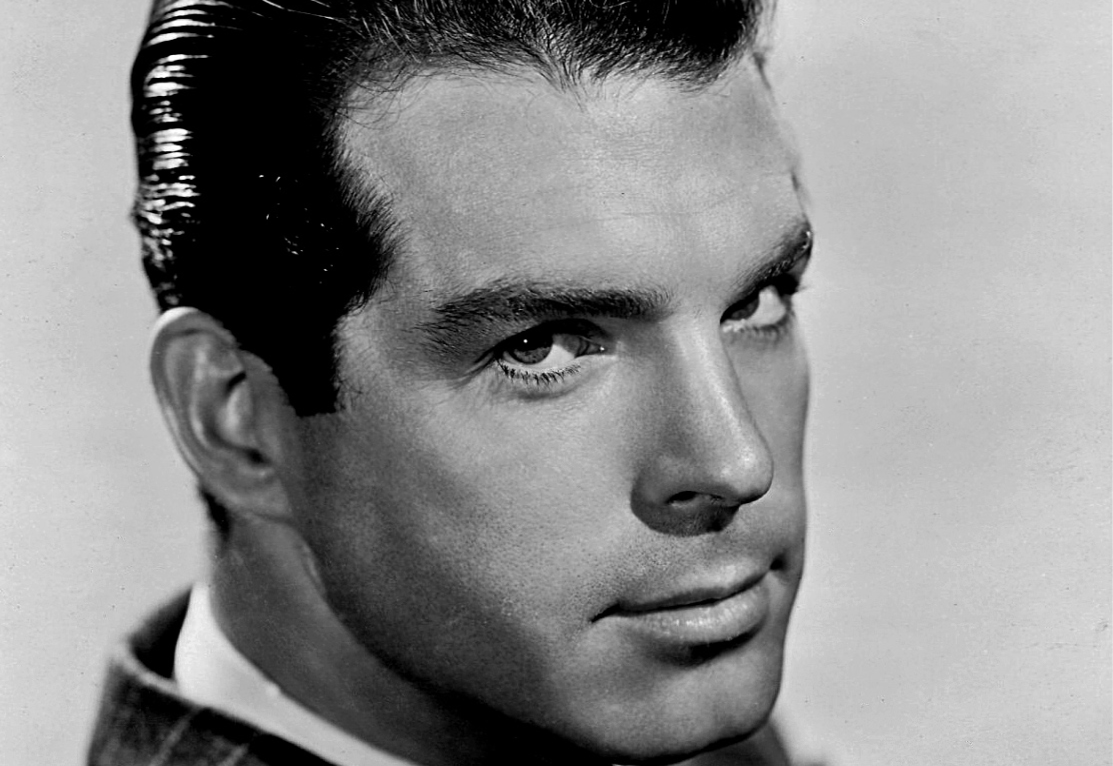 Paramount Pictures, Wikimedia Commons
Paramount Pictures, Wikimedia Commons
Fred MacMurray (Cont.)
Fans usually say that his most iconic role was as Walter Neff in Billy Wilder's Double Indemnity (1944), a film noir classic. After marriage, MacMurray adopted four children and maintained a ranch in Sonoma County, California, which remains in operation today.
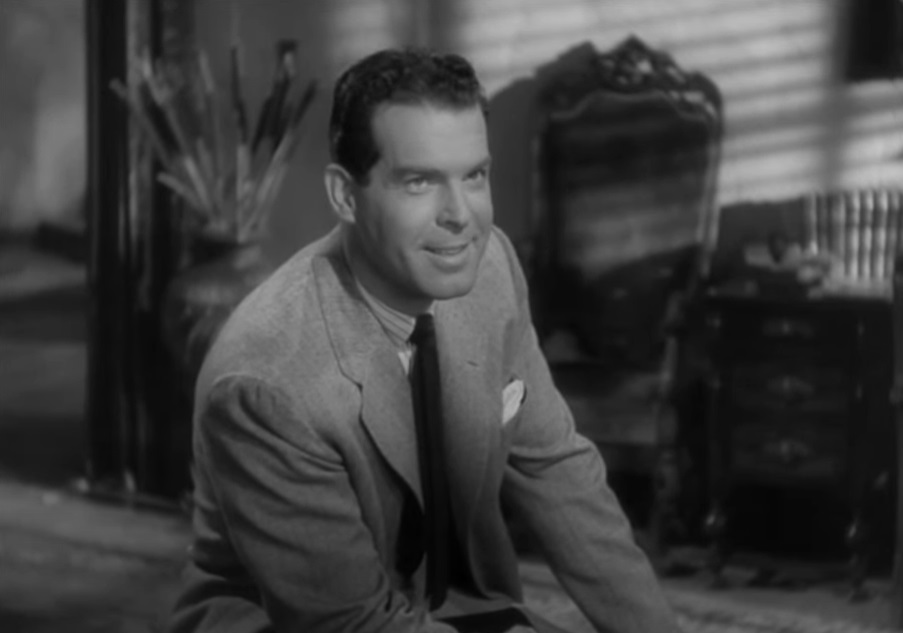 Paramount, Double Indemnity (1944)
Paramount, Double Indemnity (1944)
Betty Grable
The most famous pin-up of WWII wasn't primarily known for her acting. Betty Grable's million-dollar legs (her studio insured them for that amount) made her photo the most requested image among American servicemen during the conflict. When she was twelve, she signed a contract under false pretenses.
Betty Grable (Cont.)
This resulted in her termination from the entertainment industry. Later, Grable gained prominence with her role in the Broadway show Du Barry Was a Lady (1939). She even replaced Alice Faye in Down Argentine Way (1940), marking her rise as a star at Fox.
Donna Reed
Long before this individual became America's idealized mother and housewife, Reed portrayed a very different kind of American woman. Her big break happened in Frank Capra's classic It's a Wonderful Life (1946), where she played Mary Bailey. Mary had depth, determination, and dreams of her own.
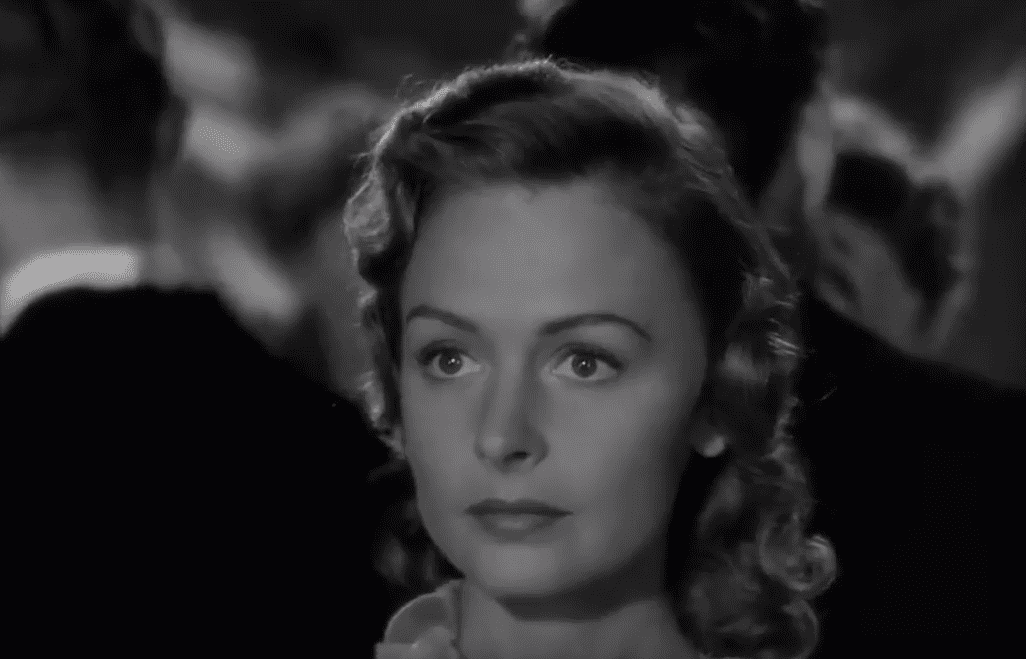 It's A Wonderful Life,RKO Pictures
It's A Wonderful Life,RKO Pictures
Donna Reed (Cont.)
Donna Belle Mullenger, who later became known as Reed, grew up in Iowa. Her down-to-earth midwestern roots truly shaped her image in the spotlight. She shocked critics with her range when she won the Oscar in the category of Best Supporting Actress in From Here to Eternity.
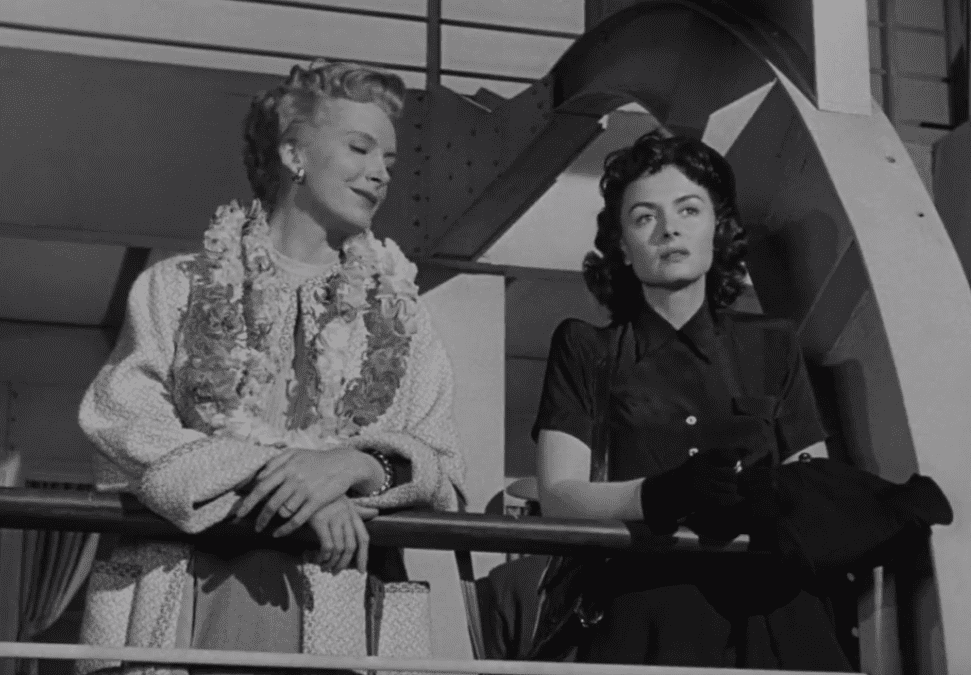 From Here to Eternity,Columbia Pictures
From Here to Eternity,Columbia Pictures
Cornel Wilde
Athletic prowess was not always combined with intellectual depth in Hollywood's golden age, but Cornel Wilde did both. Before becoming an actor, Wilde qualified for the 1936 US Olympic fencing team but couldn't compete because of his Polish citizenship status.
 Unknown Author, Wikimedia Commons
Unknown Author, Wikimedia Commons
Cornel Wilde (Cont.)
Fortunately for him, this fencing skill later helped him secure the role of Frederic Chopin in 1945's A Song to Remember. It got him an Academy Award nomination for the same. The 1940s saw him rise from bit parts to leading roles opposite stars like Gene Tierney.
 A Song to Remember (1945) 3 - Fantaisie-Impromptu Opus 66 by bruno mortier
A Song to Remember (1945) 3 - Fantaisie-Impromptu Opus 66 by bruno mortier
Ruby Keeler
That distinctive tap-tap-tap of Keeler's dancing shoes became quieter after she surprisingly walked away from Hollywood at the height of her fame. Following her divorce from singer Al Jolson in 1940, Keeler appeared in just one more film, Sweetheart of the Campus (1941), before retiring.
 Sweetheart of the Campus (1941) - opening up. by Comic Spirit
Sweetheart of the Campus (1941) - opening up. by Comic Spirit
Ruby Keeler (Cont.)
It all started for Keeler on Broadway, where she danced in George M. Cohan's The Rise of Rosie O'Reilly in 1923 at age 14. Her work in Lucky, Bye Bye Bonnie, and The Sidewalks of New York in 1927 is what helped her rise to fame.
 Scotty Welbourne (1907-1979), Wikimedia Commons
Scotty Welbourne (1907-1979), Wikimedia Commons
Claudette Colbert
Let’s look at the woman who knew her best camera angle so well that she would redesign entire movie sets to accommodate it. Claudette Colbert dominated comedy in the late 1930s and 1940s. She was born Emilie Claudette Chauchoin in France before immigrating to New York.
 Paramount Studio, Wikimedia Commons
Paramount Studio, Wikimedia Commons
Claudette Colbert (Cont.)
Her 1934 performance in It Happened One Night made history as the movie became the first to sweep the five major Academy Awards. Throughout the 1940s, Colbert maintained her star power in films like The Palm Beach Story and even earned an Oscar nomination for Since You Went Away.
 FilmAffinity, Wikimedia CommonsVincent Price
FilmAffinity, Wikimedia CommonsVincent Price
Price’s distinctive voice—cultured, resonant, with perfect diction—became his trademark long before it narrated Michael Jackson's Thriller. As the son of a candy company president, he initially pursued a teaching career before finding his way to the stage and screen. One of his best works is Laura (1944).
 Trailer screenshot, Wikimedia Commons
Trailer screenshot, Wikimedia Commons
Vincent Price (Cont.)
The actor became synonymous with the horror genre after starring in House of Wax (1953), which was one of the first 3D films. Well, his intellectual pursuits extended to gourmet cooking. He authored a couple of cookbooks and hosted cooking television shows in the 1960s.
 House of Wax | Unmasked | Warner Bros. Entertainment by Warner Bros. Entertainment
House of Wax | Unmasked | Warner Bros. Entertainment by Warner Bros. Entertainment
William Holden
Holden's totally handsome looks made him a huge star in the '50s. But he first appeared on screen in the '40s, even though people didn’t really see his potential right away. He played George Gibbs in Our Town (1940), along with Martha Scott as Emily Webb.
 Our Town (1940) ClassicFlix Restoration Comparison by ClassicFlix
Our Town (1940) ClassicFlix Restoration Comparison by ClassicFlix
William Holden (Cont.)
Golden Age Hollywood's quintessential man's man began with an inauspicious start. Apparently, his first leading role in Golden Boy (1939) almost got him fired for his wooden acting until Stanwyck took him under her wing. Some of his memorable movies include Dear Ruth and Rachel and the Stranger.
Hedy Lamarr
"The most beautiful woman in the world" was also one of Hollywood's most brilliant minds. Austrian-born Hedy Lamarr's stunning looks in 1940s films like Boom Town overshadowed her remarkable intellect. Lamarr soon created her own production company in 1946 and produced The Strange Woman (1946).
Hedy Lamarr (Cont.)
Having escaped an unhappy marriage, the actress fled to America, where MGM head Louis B. Mayer immediately offered her a contract. Under contract with MGM from 1938 to 1945, Lamarr was part of Algiers (1938), Boom Town (1940), Tortilla Flat (1942), and Samson and Delilah (1949).
Joan Crawford
After being called "box office poison" in the late 1930s, Crawford staged a comeback with Mildred Pierce (1945). For this, she bagged the Academy Award for Best Actress. She continued to act in films titled Possessed (1947) and Sudden Fear (1952), earning more Oscar nominations.
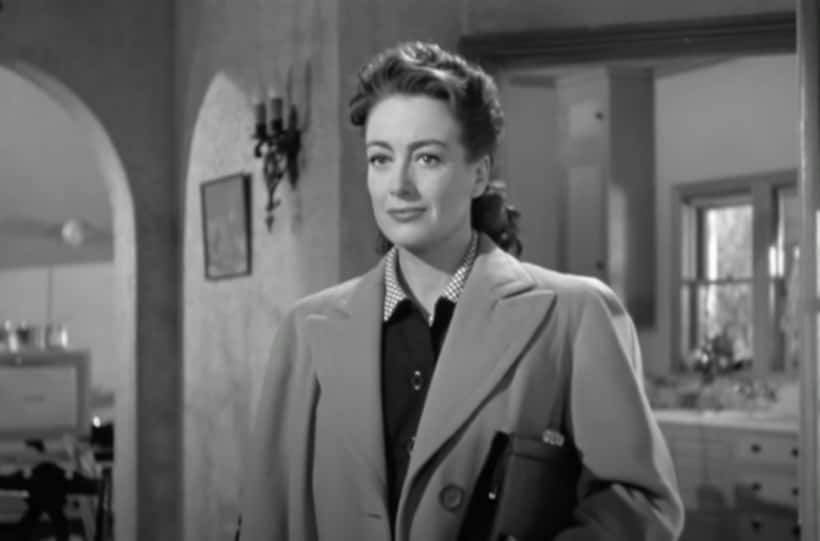 Mildred Pierce (1945), Warner Bros.
Mildred Pierce (1945), Warner Bros.
Joan Crawford (Cont.)
Crawford had a pretty good career that lasted over 45 years, during which she appeared in over 60 films. In 1999, the American Film Institute even ranked her as the tenth-greatest female star of classic Hollywood. Joan Crawford made her acting debut in Lady of the Night (1925).
 George Hurrell, Wikimedia Commons
George Hurrell, Wikimedia Commons
Ava Gardner
Of course, this name is unforgettable. The barefoot country girl from Grabtown, North Carolina, transformed into one of Hollywood's most glamorous stars. At age 18, she was discovered by MGM talent scouts after they saw her portraits in her brother-in-law's photography studio in New York City.
Ava Gardner (Cont.)
Despite her lack of refinement and thick Southern drawl, she was signed by Louis B. Mayer in 1941. It wasn't until The Killers in 1946 came out that audiences glimpsed her smoldering intensity. Today, Gardner is remembered for her earthy femininity and character depth.
Lana Turner
Beginning with small roles in the late 1930s, Turner hit her stride in the 1940s movies Johnny Eager and The Postman Always Rings Twice. Her combination of sexuality and vulnerability crafted an explosive screen presence. Her personal life was equally dramatic, with seven marriages and countless affairs.
Lana Turner (Cont.)
In Ziegfeld Girl (1941), she co-starred with Judy Garland and Hedy Lamarr in this musical drama about showgirls striving for success. Similarly, in Honky Tonk (1941), she was paired with Clark Gable for the first time. During WWII, Turner became one of the most popular pin-up girls.
 Roy George & Assoc, Wikimedia Commons
Roy George & Assoc, Wikimedia Commons
Al Jolson
Al Jolson's career reached heights in the late 1920s with The Jazz Singer, the first significant talking picture. However, he experienced an unexpected career resurgence with The Jolson Story. As a sanitized biopic, it became one of 1946's biggest box office hits.
Al Jolson (Cont.)
The movie also led to a sequel, Jolson Sings Again (1949). Blackface, a tactic that was popular at the time but is now widely denounced, was frequently used in his acts. Jolson was married four times, including to actress Ruby Keeler, from 1928 to 1940.
Spencer Tracy
The actor and his peers really knew how to make magic with just a little movement. Spencer Tracy’s down-to-earth acting style of ”Don’t act. Behave” had a profound influence on many actors after him. His performance in Adam's Rib (1949) was truly noteworthy.
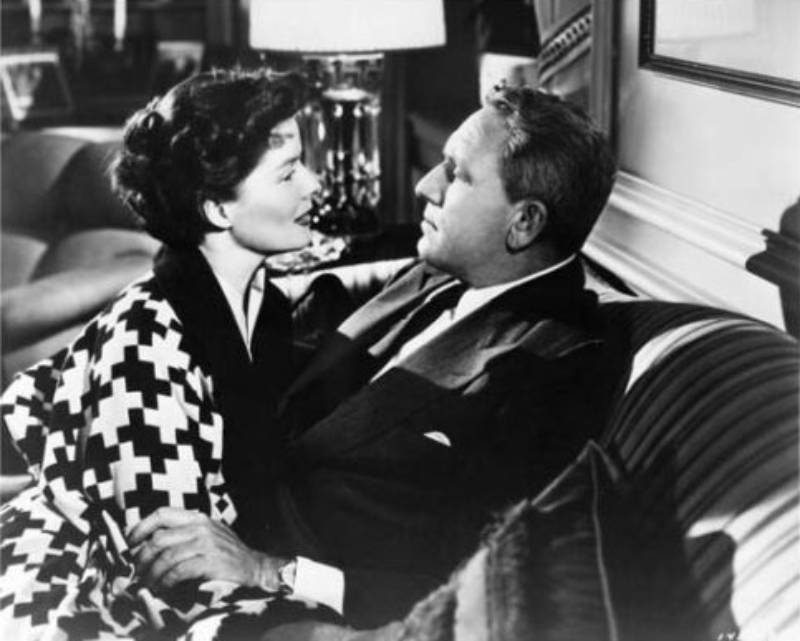 Metro-Goldwyn-Mayer, Wikimedia Commons
Metro-Goldwyn-Mayer, Wikimedia Commons
Spencer Tracy (Cont.)
He bagged back-to-back Best Actor Oscars for Captains Courageous and Boys Town. Tracy enrolled at the American Academy of Dramatic Arts in New York City after starting her career at Ripon College. As an actor, he famously advised, “Know your lines and don't bump into the furniture”.
Lauren Bacall
Here’s something interesting. Lauren Bacall was only 19 when she made her film debut in To Have and Have Not (1944). It has been reported that the star developed her iconic "look" (head lowered, eyes up) simply to control her nerves and stop her head from shaking.
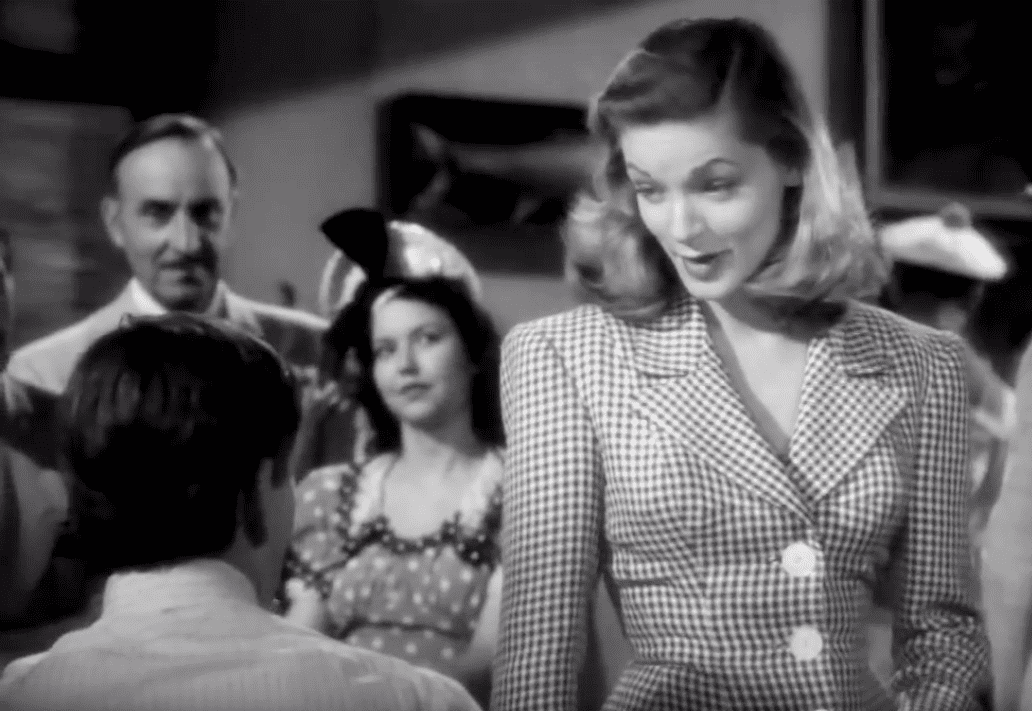 Warner Bros., To have and have not (1944)
Warner Bros., To have and have not (1944)
Lauren Bacall (Cont.)
Bacall caught Hollywood's attention after a Harper's Bazaar cover photographed by Louise Dahl-Wolfe. This era saw one of Hollywood's most legendary romances with Bogart, whom she married despite their 25-year age difference. Key Largo (1948) and Dark Passage (1947) were their best collaborations.
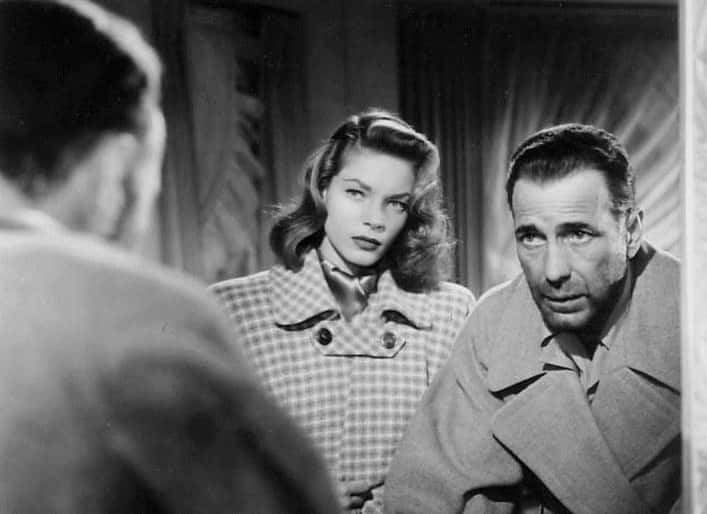 Dell Publications, Wikimedia Commons
Dell Publications, Wikimedia Commons
Ginger Rogers
Everything Fred Astaire did, she did backward and in high heels. Formally known as Virginia Katherine McMath, she won an Academy Award for her dramatic act in Kitty Foyle. Rogers was already an established Broadway star before teaming with Astaire, having won a Charleston contest at 14.
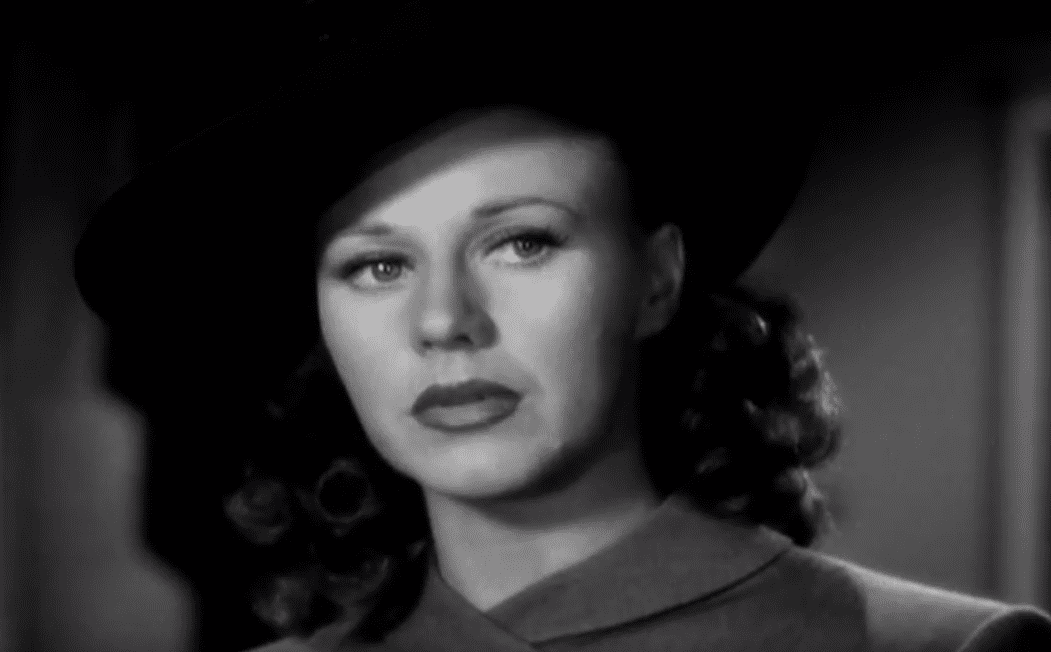 Kitty Foyle (1940), RKO Radio Pictures
Kitty Foyle (1940), RKO Radio Pictures
Ginger Rogers (Cont.)
Throughout these years, she deliberately sought non-dancing roles in The Major and the Minor and Lady in the Dark. Rogers ranks #14 on the American Film Institute's list of the greatest female stars of classic Hollywood cinema. She was honored at the Kennedy Center in 1992.



